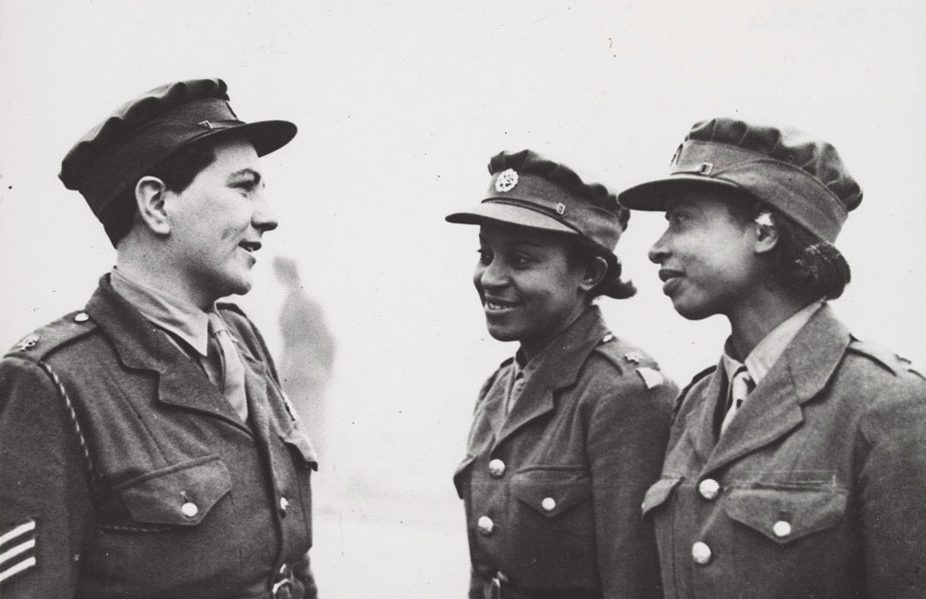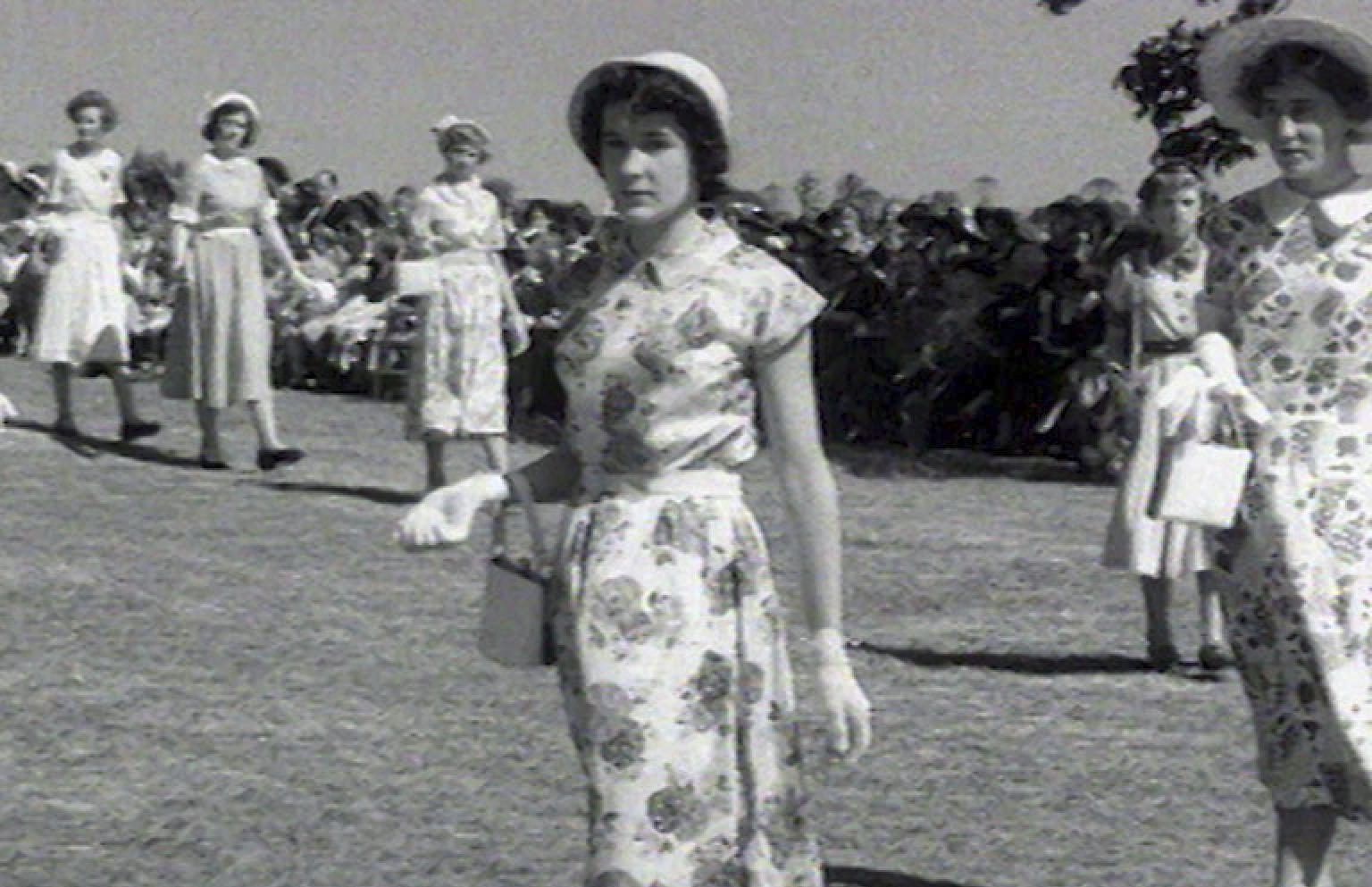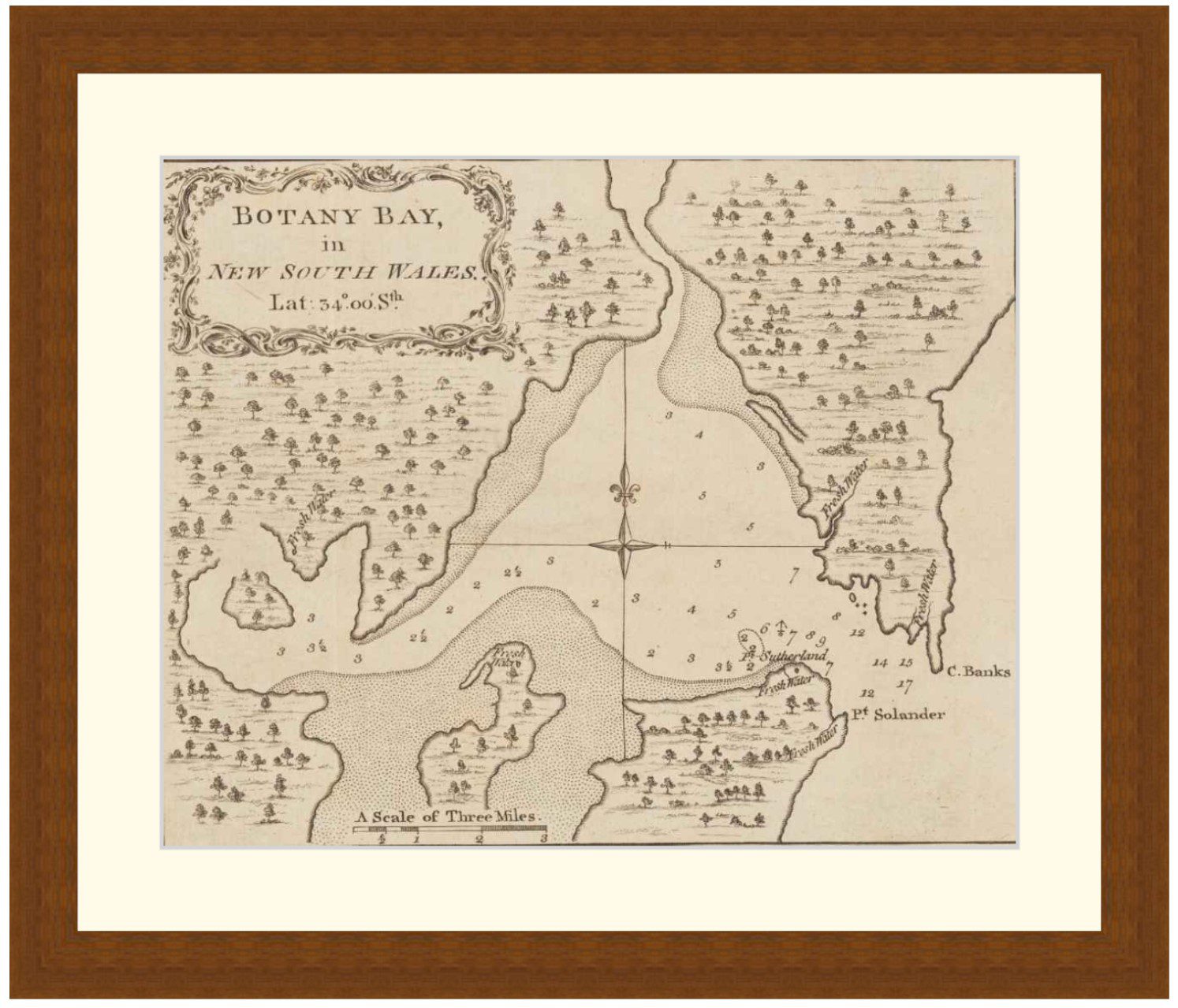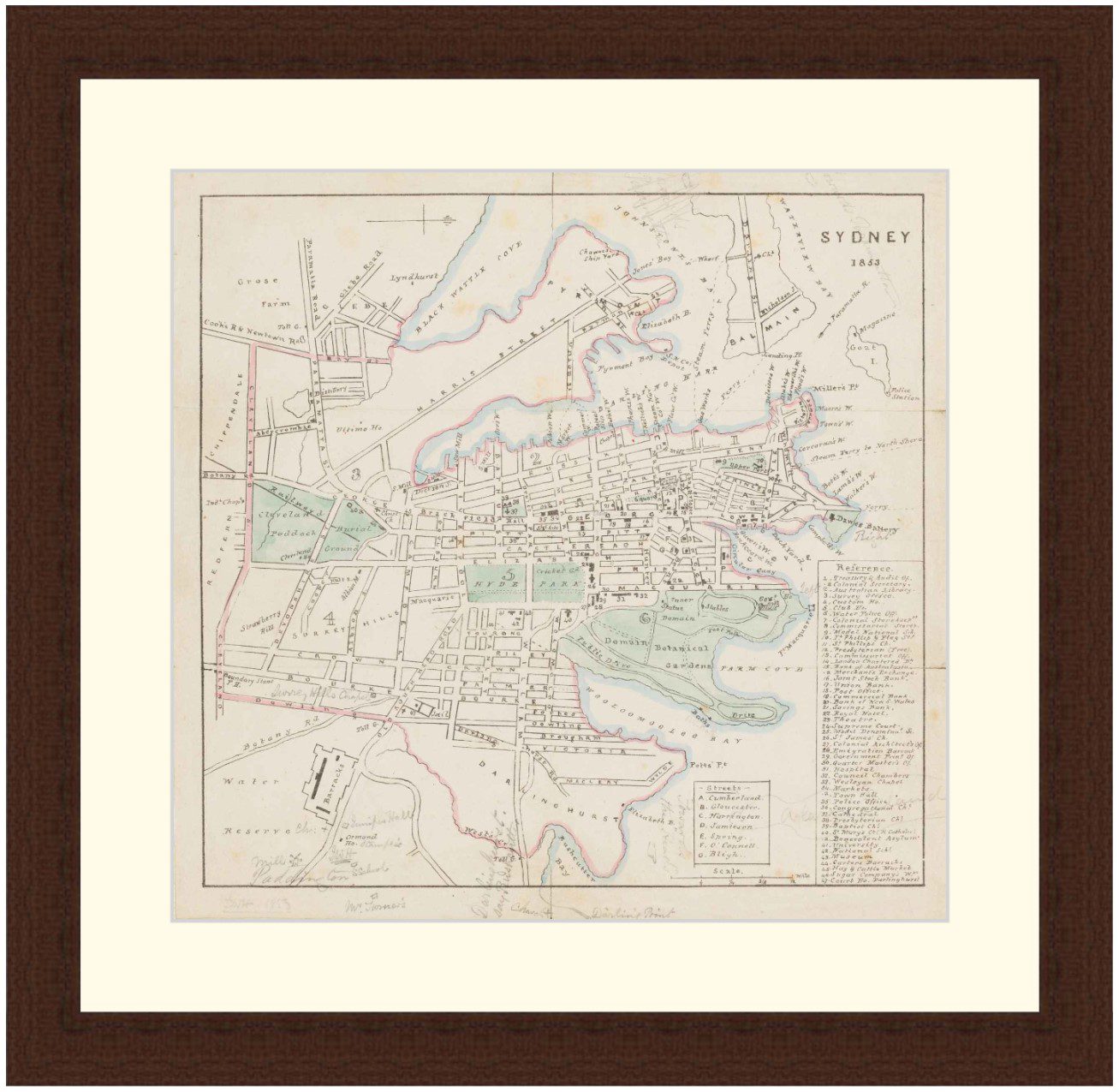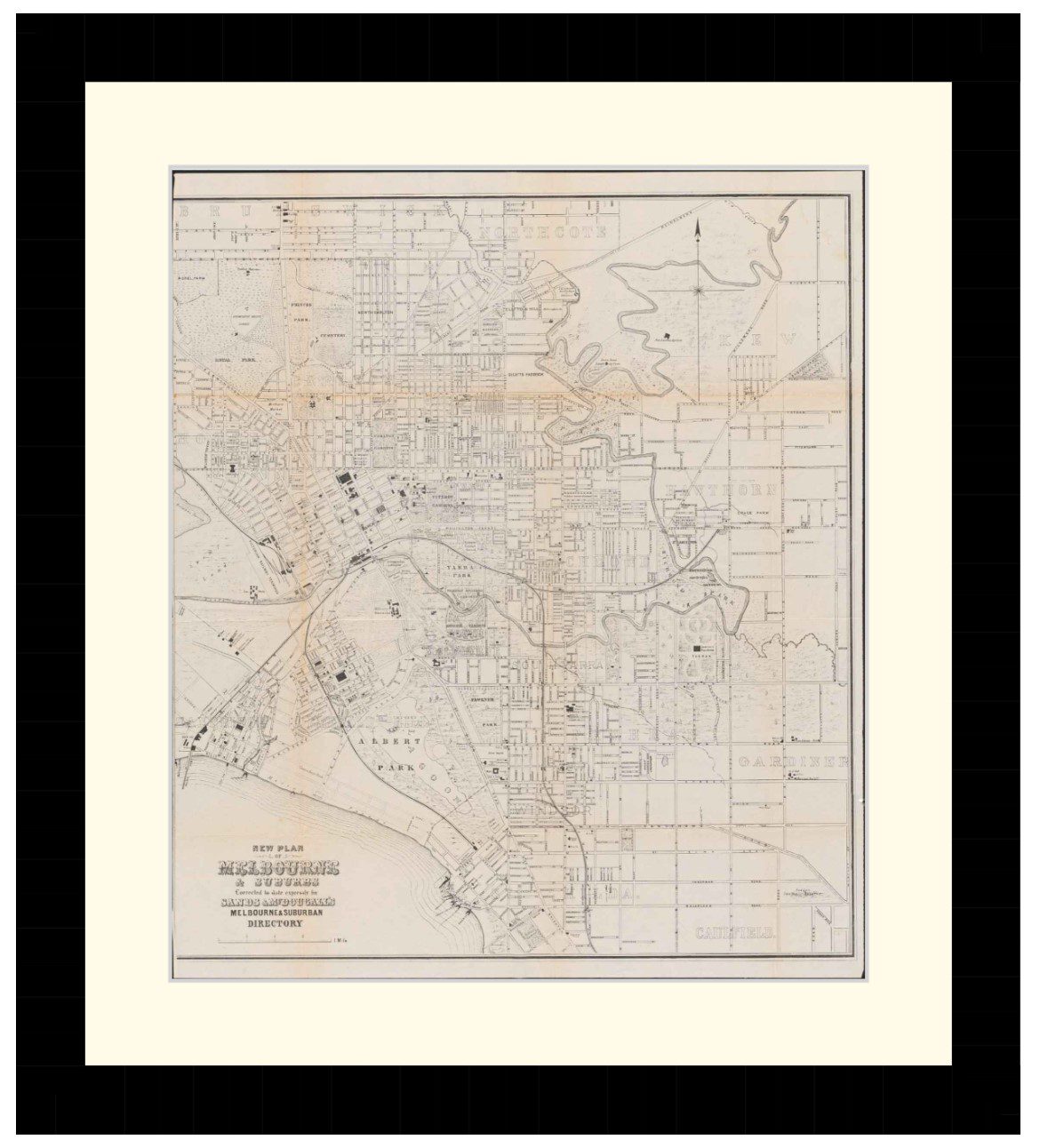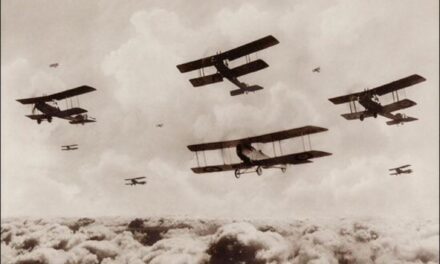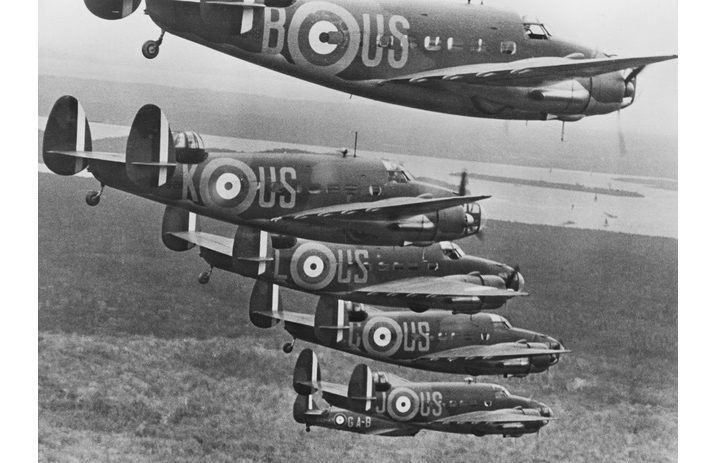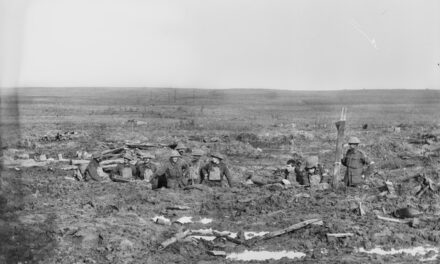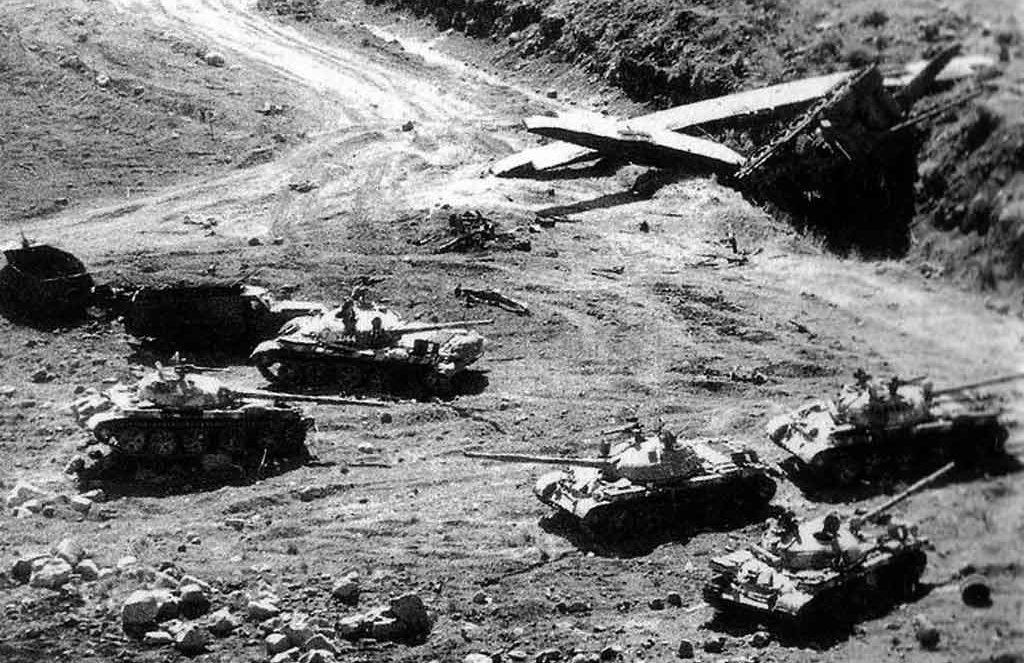Reading time: 8 minutes
Hundreds of women served with the British Army in East Africa, and their role in the conflict goes largely untold.
The four distinct women’s services auxiliary to the British Army in East Africa were the East African Military Nursing Service, Queen Alexandra’s Imperial Military Nursing Service, the Auxiliary Territorial Service, and the Women’s Territorial Service.
East African Military Nursing Service (EAMNS)
Under the British Army’s East African Command, the EAMNS was officially formed on 1 July 1940 as a temporary colonial force. Unless discharged early, women enlisted for the duration of war and were liable for service in any part of Africa and overseas. With local recruitment at its core, the EAMNS played a vital role in fulfilling the immediate demand for nursing staff in the region, ‘essential for the expanding hospitals in East Africa’. EAMNS nurses also provided significant training to local African orderlies.

At the outset, the Service recruited for one matron and 80 Staff Nurses/Nursing Sisters. Initially drawn from East Africa’s private and civil nursing sector, women enlisted in the EAMNS were locally recruited, highly experienced state registered nurses, often with specialist training in tropical conditions. Some had First World War service. Although most women in the EAMNS were British, there was also a significant number of non-British nurses who undertook their training in the UK before the war, or were citizens of countries where state registration was reciprocal (typically British dominions).
A third of EAMNS positions were also filled by locally employed Nursing Auxiliaries/Voluntary Aid Detachment (VAD) nurses. Although these paid roles did not require formal qualifications, many had received Red Cross and/or St John’s First Aid training prior to enlistment.
Queen Alexandra’s Imperial Military Nursing Service (QAIMNS)
Established under a Royal Warrant in March 1902, the QAIMNS was formed to provide professional nursing services to the British Army wherever it was stationed in the world. In 1908, the QAIMNS Reserve and its sister service, the Territorial Force Nursing Service (TFNS), were also formed, ready for mobilisation should the need arise. All three services were active during the First World War.
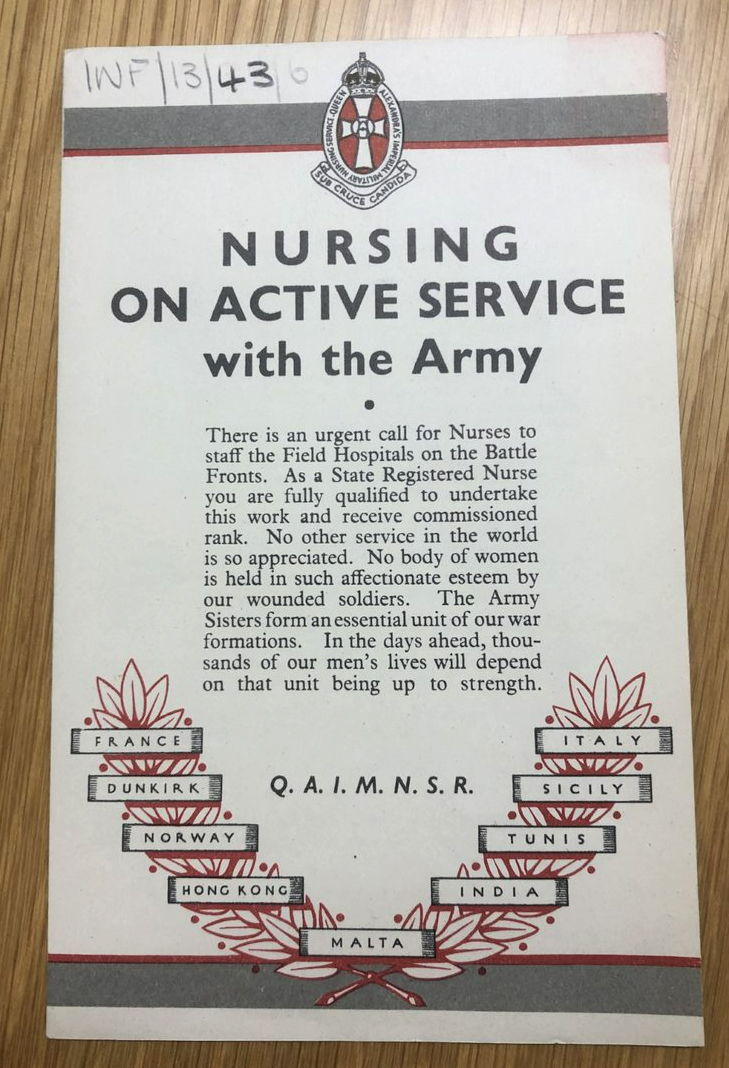
On the outbreak of the Second World War, the Territorial Army Nursing Service (TANS, previously TFNS), and QAIMNS Reserve were once again mobilised and integrated administratively into the QAIMNS. From Norway and Greece, to Ceylon and Singapore, QAs posted from Britain found themselves stationed all over the globe.
It is unclear when the first QAs arrived in East Africa. Though part of the reasoning given for forming an EAMNS in July 1940 was that it was deemed to be ‘impracticable, under present conditions to send any QAIMNS nurses to that place in time for them to meet the demand which may arise almost immediately’ (CO 820/44/19). By August 1942, there were reportedly 35 QAIMNS nurses serving alongside the EAMNS in numerous East African hospitals (WO177/2544).
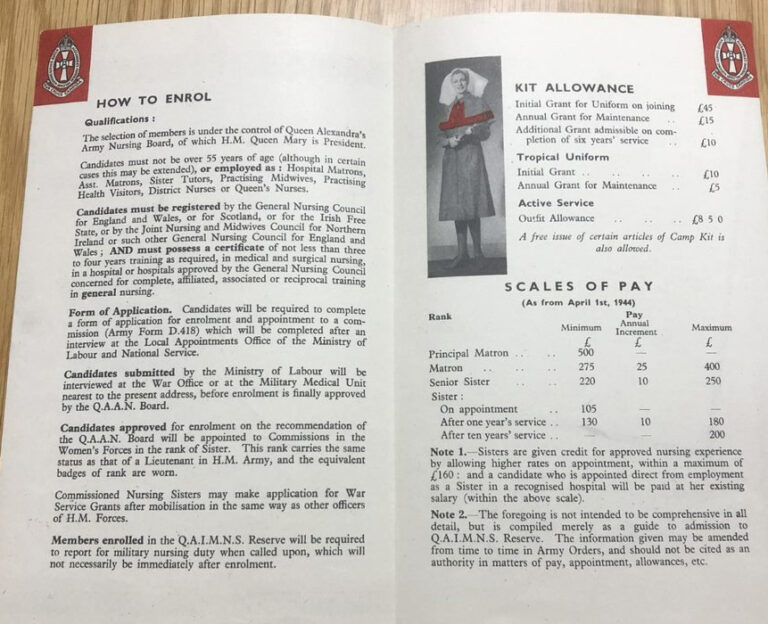
Since its inception, the QAIMNS had very strict rules in place for those wishing to enlist. By the Second World War, women joining the Service had to be state registered, possessing a certificate of not less than three to four years training as required. Women were also expected to be under 55, or employed in a senior/specialist nursing position. All QAs were recruited in Britain and held an officer rank.
By the end of the war, around 12,000 nurses were serving in the QAIMNS (mostly in the TANS or Reserve). The QAIMNS was later made a corps in the British Army and renamed the Queen Alexandra’s Royal Army Nursing Corps (QARANC) in 1949.
Auxiliary Territorial Service (ATS)
Formally established as the women’s branch of the British Army in September 1938, the role of the ATS during the Second World War was clear:
‘This is a call to service in the plainest terms. Every available woman must enrol now in the ATS. Very large numbers of women are wanted to take over from the men as many duties as possible, so that men may be freed for work women cannot do.’
Catalogue ref: INF 13/43/1
From telephonists and clerks, to drivers, photographic developers and electricians; for many women, the Service afforded new opportunities to take up work in fields previously inaccessible to them. By the end of the Second World War, up to 250,000 women had enlisted in the ATS, most of whom carried out their service on home soil.
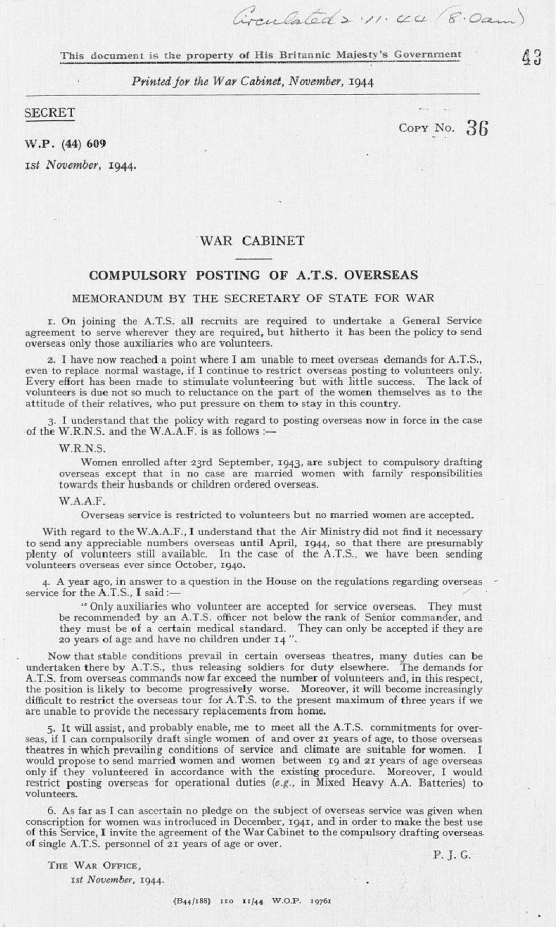
In order to meet overseas demands, and given the fact that recruitment of non-British personnel was not permitted in any region outside of the Palestinian ATS, a small number of women were posted outside of the UK. This remained on a voluntary basis until April 1945 when, due to a severe and ongoing shortage of volunteers, it was deemed necessary to make overseas service compulsory wherever and whenever the need arose.
In East Africa, the first party of ATS personnel, comprising of between 150 and 200 women, arrived in Nairobi on 12 March 1943, forming the nucleus of No. 1 ATS Clerical Company. Following a further influx of new recruits later that year, No. 2 ATS Clerical Company and an East Africa ATS Group were formed in December 1943. Women posted to East Africa were employed almost entirely as clerks. A small number found themselves on switchboards or in the Army Post Office (WO 169/18555).

There were up to 500 women serving in the East Africa ATS at its peak in March 1944. Once discharged, with the exception of those who married an East African resident, women were typically repatriated back to the UK. The ATS was disbanded in 1949, when the remainder of its troops transferred to the Women’s Royal Army Corps.
Women’s Territorial Service (WTS)
Formally recognised as a British Army colonial force in September 1941, the history of the WTS actually dates back at least a decade prior. Operating as an East African branch of the British First Aid Nursing Yeomanry (FANY), the unit was first formed during the early 1930s.
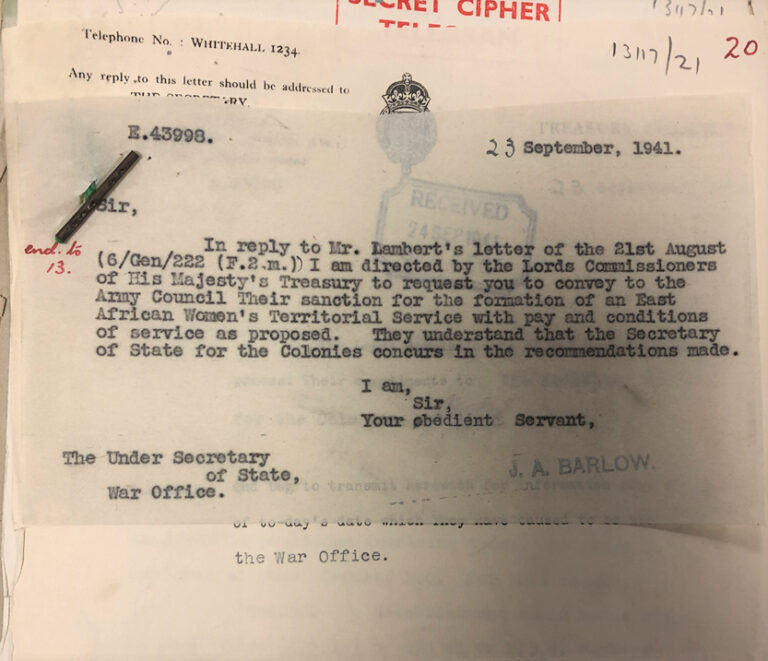
Also referred to as the Women’s Transport Service, the FANY established itself as a British independent women’s voluntary organisation in 1907, and is still a registered charity to this day. Renowned for providing transportation and driving assistance to the British military, the FANY has long been affiliated to, but never officially a part of, the Armed forces.
The FANY established its first overseas branch in Kenya between 1931 and 1932. In the ensuing decade, more than 400 women joined the East African unit. Women included British, South African, New Zealand, Canadian, Cypriot and Australian subjects, most of whom were residing in and around the region at the time. Unlike the QAIMNS and ATS, very few women in the WTS were posted from the UK.
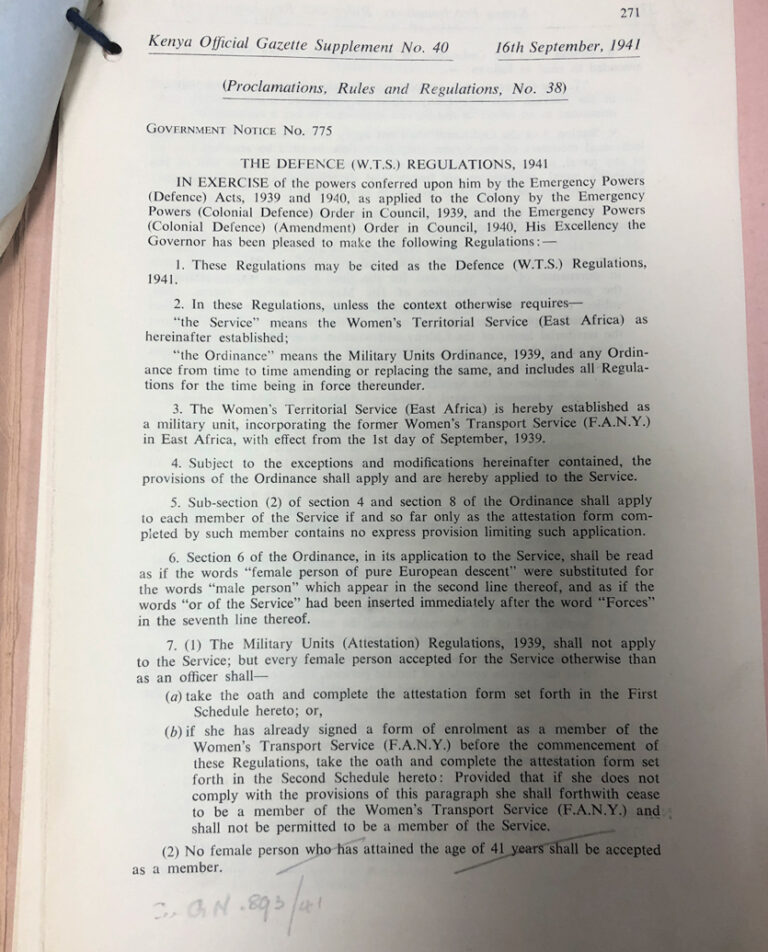
On its transition to becoming the British Army’s Women’s Territorial Service (WTS) in September 1941, aside from keeping its Women’s Transport Service acronym and the sobriquet of FANY, the WTS was to sever all official ties with the British voluntary organisation. With the exception of a few ambulances, women were moved over from mainly transportation and driving roles, to clerical and signals duties. The WTS worked alongside the ATS, as well as with a significant number of locally recruited female civilian employees employed in various British military branches.
So, next time you think of women in the Second World War, do spare a thought for the thousands who served not only in East Africa, but across the globe as part of the British Army!
This article was originally published in The National Archives.
Articles you may also be interested in
This article was first published by The National Archives. It is reproduced in accordance with the Open Government Licence v3.0.

